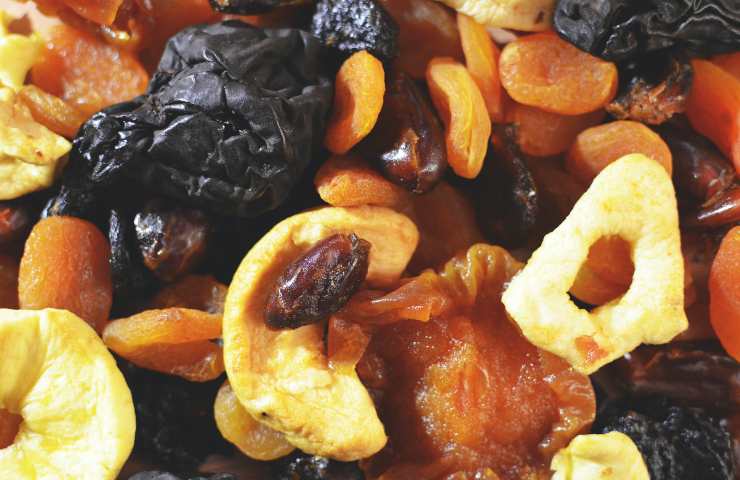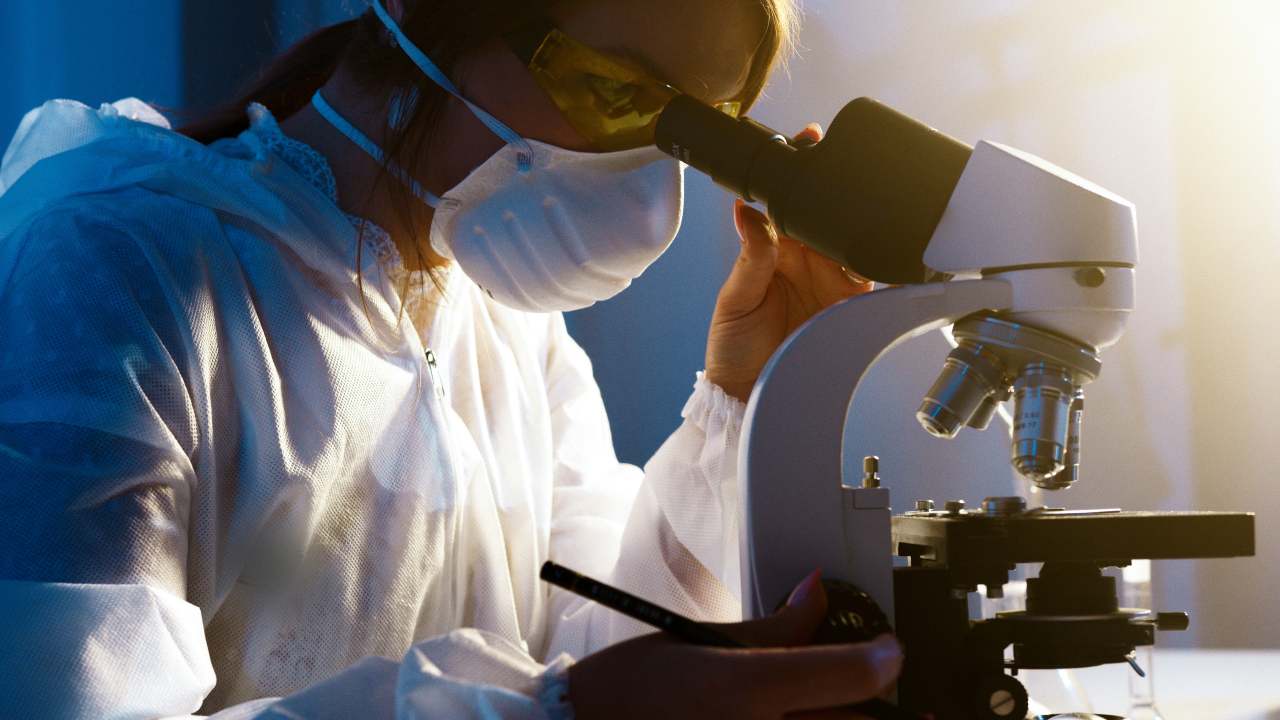After the news of contaminated nuts withdrawn from supermarkets we explain (WELL) what aflatoxins are and why they are dangerous.
THE MOST READ ARTICLES TODAY:
Only yesterday we communicated an urgent withdrawal involving a batch of Ciavolino branded shelled almonds, but produced by Ciavolino Daniele and Figli in the Ardea (Rome) company. This is lot number 22066 with an expiration date or storage term set for April 2023.
The recall and subsequent withdrawal from supermarket shelves was due to the presence of aflatoxin B1 and total much higher than what is established by law at tolerable levels of 8 µg / kg – ppb.
What are aflatoxins? Should we worry about our health and run for cover? The competent bodies consider it one of the most dangerous substances of all for human and animal health, but let’s see why.
Aflatoxins danger, what they are and where they are found
At the moment 17 types of aflatoxins have been identified and studied, of which only 5 considered dangerous for human health if ingested or inhaled, among these are the aflatossine B1, B2, G1, G2 e la aflatossina M1.

They are substances produced by some fungi (the so-called fungi) which can develop mainly in some certain types of cereals, such as rice, corn, figs, nuts (almonds and walnuts), milk, spices and cocoa beans.
Contamination can occur before and after harvest, therefore during the cultivation, harvest and storage of the product in storage silos before being placed on the market.
Unfortunately this substance is odorless and tasteless, therefore only careful biological analyzes lead to its identification and precautionary blocking of the food.
A chronic aflatoxin intoxication that can cause cancer, immunosuppressionmutations and fetal malformations. Plus these substance they attack the DNA and proteins of the nucleuscausing severe alterations, mutations and loss of functionality.
The International Agency for Research on Cancer in 1993 classified the aflatossina B1 which carcinogen for humans. This can be found above all in cow, sheep and goat milk.
Unlike the other existing mycotoxin, theochratoxin (with variant A)is not able to inhibit protein synthesis, with immunosuppressive activity especially to the detriment of the most affected kidneys.

Only immediate hospitalization can safeguard against these pathologies which in the long run are chronic and sometimes lethal without the possibility of recovery.
Il humidity level present in the various stages of food processing and the high industrial temperatures they are currently the only ways to curb their onset.
Among the 17 types of aflatoxins currently studied, only five are considered “dangerous” for their diffusion and toxicity among these the aflatoxins B1, B2, G1, G2 and the aflatoxin M1.
